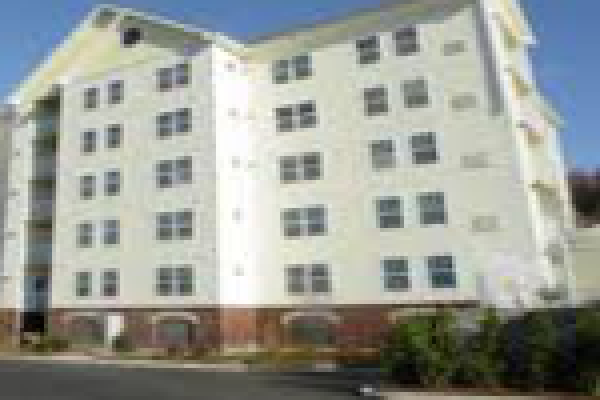Development Influx Could Threaten Apartment REIT Occupancies

The U.S. apartment market may be well on its way to record-high occupancies, but new development activity poses risks for its strong markets.
Data from Axiometrics show a May national occupancy rate of 95.0%, the highest monthly rate it has recorded since it began tracking apartment properties in April 2008. The firm has called 2014 a “top recovery year” as the annualized effective growth rate moves upward, recording its strongest rate in May at 3.5% — the highest since February 2013.
Second-quarter occupancy figures for multifamily REITs are not yet out, but the sector delivered a median occupancy rate of 94.8% in the first quarter. Over the past three years, the median occupancy rate among multifamily REITs averaged 94.9%. The lowest median quarterly occupancy rate over the past three years was recorded in the fourth quarter of 2011, at 94.3%. The highest median quarterly occupancy rate over the three-year period was 95.4%, recorded in the second quarter of 2011.
Investor perception of the sector appears to be strong. The SNL U.S. REIT Multifamily index posted the highest total return year-to-date through July 9 among all SNL U.S. REIT sector indexes, at 25.42%, followed by the SNL U.S. REIT Residential and the SNL U.S. REIT Manufactured Homes indexes at 23.18% and 22.78%, respectively. The multifamily sector outperformed the broader U.S. REIT sector by 9.03 percentage points.
While occupancy rates among multifamily REITs are arguably stable, Reis Inc. senior economist Ryan Severino recently told SNL that, although demand will remain high, new apartment supply will likely overwhelm it if current trends persist. He noted that rent growth is already moderating in some markets, and Reis expects markets such as the San Francisco Bay Area and Seattle to see the effects of oversupply on rents in the nearer term.
“The markets that started to recover the soonest, at least enough of them, are the ones where we’re seeing a lot of the construction activity taking place right now,” he said. “We’re not seeing a lot of the construction activity in some of the secondary markets, where they’re kind of the laggards right now. So they probably have some time for rents to accelerate there, whereas in a lot of the major markets with supply booms, you’ll probably see some deceleration in rent growth.”
Article provided by SNL Real Estate.